Otherwise known as Corinth raisins, currants are tiny fruits similar in appearance to raisins, with distinctly sweet and slightly tart flavors, the intensity of which may depend on the exact type of currant and the processes it has undergone, if any.
Currants may be called for in certain recipes that need an undernote of sweetness or the presence of an edible garnish so as to improve its appearance.
However, many situations may make this impossible, with such things as dietary restrictions, personal beliefs, a lack of availability or simple personal preference all acting as potential reasons why currants may need to be substituted in a recipe.
The most common flavor substitutes for currants are dried/candied grapefruit, cranberries, raisins, and dried cherries. The most common appearance substitutes for currants are dried blueberries, Al Ajwa dates, and dried blackberries. The most common texture substitutes for currants are sultanas, prunes, and dried barberries.
Are Currants Different from Raisins?
The term raisin refers to any form of grape that has been dried, either through mechanical means or through direct evaporation, creating a shrunken and wrinkly berry with a significantly more intense flavor.
Raisins are used in a variety of ways, such as in the creation of beverages, as an ingredient in baking, incorporated into various culinary recipes or are even simply eaten raw and on their own.

By this definition, currants are indeed considered raisins, being a dried form of the black Corinth grape, with a similar appearance and plethora of utilizations much like any other kind of dehydrated grape berry.
Thus, it is by no stretch of imagination that many substitutes for currants can simply be other kinds of raisins, especially if the primary reason for replacing currants has nothing to do with their particular nature.
Why Should Currants be Substituted?
The particular reasoning behind the necessity to substitute currants in a recipe can be highly variable, with currants not being as easily accessible as other dried fruits in certain parts of the world, such as in Asia or Africa wherein the particular species of grape used to produce currants are not normally cultivated.
Apart from a possible lack of availability, currants are also generally known to be more expensive than raisins or sultanas, clocking in at an average of six U.S. dollars per pound, as opposed to only two U.S. dollars per pound respectively for raisins.
This may make substituting currants in certain recipes with a similar dried fruit a far more economical option.
Another reason substituting currants in a recipe or as a snack may be a wise decision is the fact that currants are generally known to be somewhat more tart and smaller in size than raisins or sultanas, making them less suitable as a stand alone finger snack, depending on individual preferences.
Flavor Substitutes for Currants
Dried and Candied Grapefruit
Similar in its nature as a tarty yet moderately sweet dried fruit, candied grapefruit brings itself to a closer approximation of currant’s particular flavor than it normally would be without the addition of sugar in some shape or form.
This makes dried and candied grapefruit an excellent substitute for currants, not only in flavor and texture, but also in appearance, both of which share the same deep-hued darker range of colors that are particular to grapes or grapefruits.
For the best results in use as a currant substitute, it is best to utilize dried and candied grapefruit that has had its peel and fibers removed and the flesh subsequently cut into smaller pieces.
Cranberries
Though less suitable as a currant replacement in their raw form, dried cranberries may act as an excellent substitute in cases where a small yet flavorful dried fruit is called for in a recipe or dish.
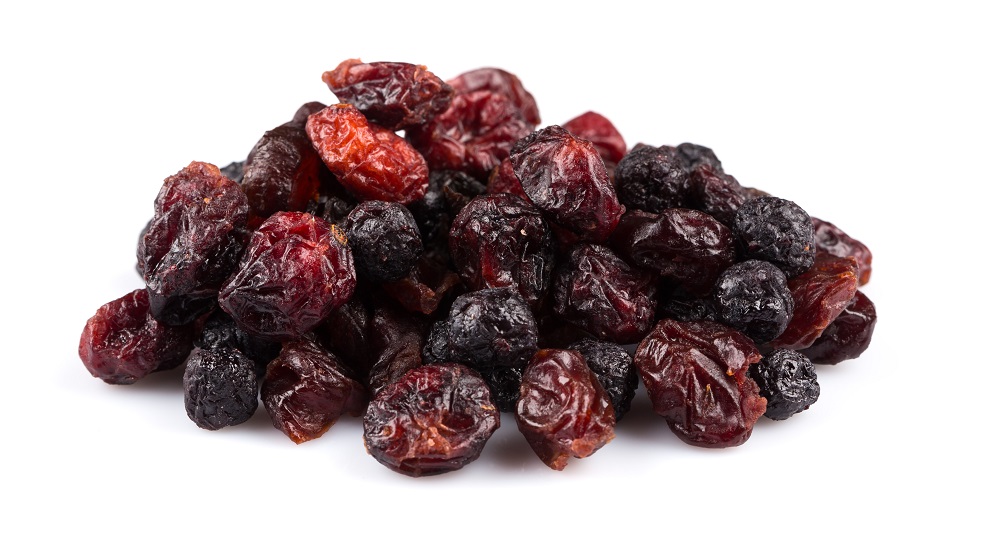
This is all the more so due to the fact that dried cranberries, in certain situations, can replicate the texture and appearance of currants quite well, with a similarly dark coloring and desiccated texture.
The sort of recipes wherein dried cranberries may best act as currant substitutes are usually those that do not reintroduce significant moisture to the cranberries, such as in salads or loaves of bread.
Raisins
Essentially a twin to currants in practically every way, raisins are the quintessential currant substitute in virtually any way possible, sharing characteristics with currants such as their appearance, chemical compounds, method of processing and even their flavor, in some ways.
The sole drawback to utilizing raisins as a currant substitute in recipes and dishes is the slightly sweeter flavor they may present, especially in instances where the processes used during the dehydration and treatment of grapes as they turn into said raisins is insufficient.
This will result in the raisins retaining a higher volume of water and similar compounds, bringing its relative flavor profile further from that of currants.
Dried Cherries
Also another form of dried fruit considered quite tart with moderate similarities to the flavor and texture of currants, dried cherries are limited only by their relative size when used as a respective currant substitute, making it less suitable for things like oatmeal or baked goods that require the fruit to be of a smaller size.
Dried cherries are also significantly more intense in flavor than currants, necessitating the use of less fruit in the event that a similar strength of taste is required.
This may result in an uneven distribution of cherry across the dish, especially in meals of significant volume.
Appearance Substitutes for Currants
With a maroon to black coloring and wrinkled texture akin to that of raisins, currants present a distinct appearance that may aid as a garnishing in a variety of dishes that require some sort of visual addition in order to improve the experience of the meal.
Fortunately, unlike its flavoring, currant’s relative appearance is quite easy to replicate with a multitude of different and more accessible fruits, some of which are likely already present within the cook’s own kitchen.
Dried Blueberries
Though slightly bluer in color, dried blueberries present much the same appearance, shape and size as currants themselves, allowing it to be used as a visual ingredient in such foodstuffs like bread loaves, Danishes, or even salads.
However, the distinctly more subtle body of flavor normally found in blueberries may be a major obstacle to using them as a currant substitute, potentially changing the total taste profile of a dish if used in large volumes.
Al Ajwa Dates
A variation of ordinary dates, al ajwa dates are somewhat smaller in physical size, darker in color, rounder, and present a less sticky sweet intensity when bitten into.
All these characteristics combined create an excellent visual approximation of currants, especially if dehydrated further through the use of cooking or freezing, as this will further shrink the dates, bringing them even closer in appearance to currants.
The primary drawback to using al ajwa dates is the relative difficulty in finding sufficient amounts at a reasonable price outside of Islamic countries, wherein it is considered a religious tradition.
Additionally, though less sweet, al ajwa dates are still considered somewhat less tart and more sugary than currants, especially if used as a snack.
Dried Blackberries
Sharing a similar color and circular shape to currants, dried blackberries are yet another possible substitute to currants, though the caveat of their somewhat different texture may be an issue when used in specific circumstances.
Additionally, the relative taste of black berries in their riper form are considered significantly sweeter than currants, necessitating the use of unripe or immature blackberries in order to best recreate the flavor of currants, if the taste is a factor in their substitution.
Texture Substitutes for Currants
Generally considered to be soft and ever so slightly chewy with a tenderness once the skin has been breached, currants are extremely useful as a textural ingredient in food products like bread loaves, salads or oatmeal, wherein they may be used to add a certain variety to an otherwise texturally monotonous meal.
In cases where using currants for their texture is either impossible or unsuitable due to flavor or preferential reasons, a variety of fruits with similar physical integrity, textural characteristics and moisture may instead be used.
Sultanas
Another variety of dried and processed grapes, sultanas undergo the extra step of being coated in oil or a similar compound so as to facilitate the dehydration process and allow it to retain some level of sweetness and their proprietary color.
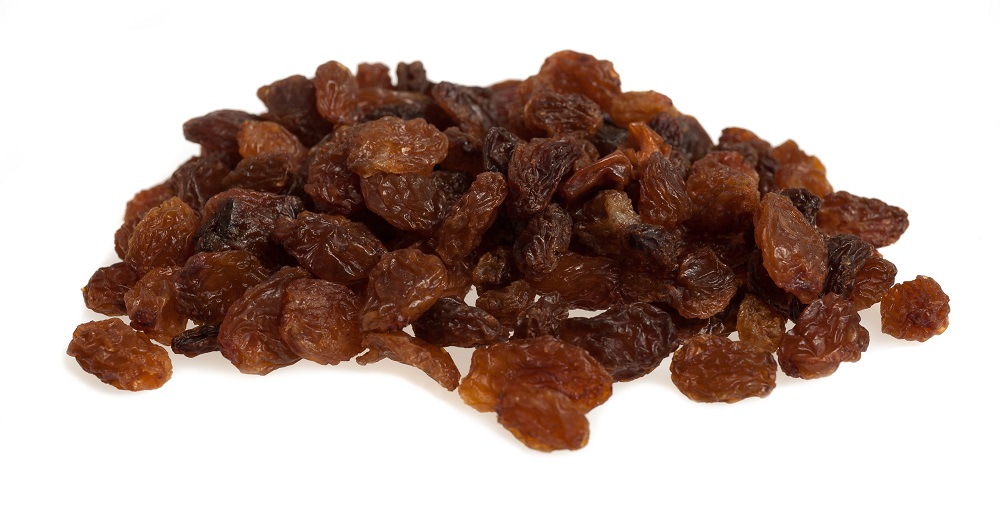
Though also an excellent substitute to currants in terms of texture, sultanas are somewhat higher in moisture content, making them “juicier” once bitten into unless otherwise treated in some way during their integration into the dish.
This increased volume of moisture, by extension, also results in a somewhat sweeter flavor than that of a currant, in certain cases being even sweeter than raisins.
Prunes
Though quite different in terms of flavor and size, prunes with the pits removed provide a quite similar texture to currants, especially of the relatively untreated variety that have not undergone significant chemical processes that cause the prune’s flesh to toughen.
Prunes are best used as a textural substitute to currants in recipes where their particular size is not an important factor, such as in certain baked goods or
Dried Barberries
Similar in appearance and use to cranberries, dried barberries present a similar texture to currants owing to the fact that they share much of the same uses and undergo similar processes after harvesting.
Dried barberries are best used in dishes that involve some level of cooking, especially considering the fact that they are found to be somewhat hard to rehydrate due to their high-fiber skin, allowing it to hold up just as well if not better than currants themselves in dishes such as stews and soups.
References
1. Christensen, Peter L. Raisin Production Manual. University of California, Agriculture and Natural Resources, 2000.
2. Donno D, Mellano MG, Riondato I, et al. Traditional and Unconventional Dried Fruit Snacks as a Source of Health-Promoting Compounds. Antioxidants (Basel). 2019;8(9):396. Published 2019 Sep 13. doi:10.3390/antiox8090396
3. Sheryl Normandeau. “The Little Prairie Book of Berries: Recipes for Saskatoons, Sea Buckthorn, Haskap Berries and More” TouchWood Editions Retrieved Through Google Books Cooking Category ISBN 177151342X, 9781771513425
4. Sophia Freeman. “The Essential Dried Fruit Recipe Manual: The Best Recipes to Utilize Dried Fruit” Self Published via Amazon Digital Services LLC – KDP Print Us. Retrieved through Google Books Cooking Category ISBN 1075 142725, 9781075142727

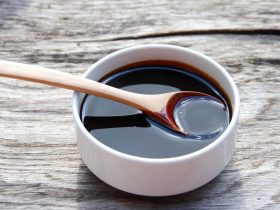
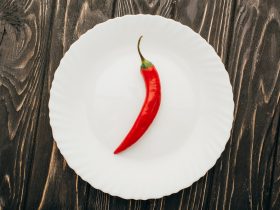
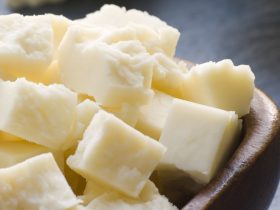
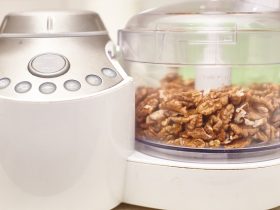
Hi, I'm Dom
Dom Eats was started to help other people fall in love with food. While cooking can feel intimidating, it doesn't have to be.